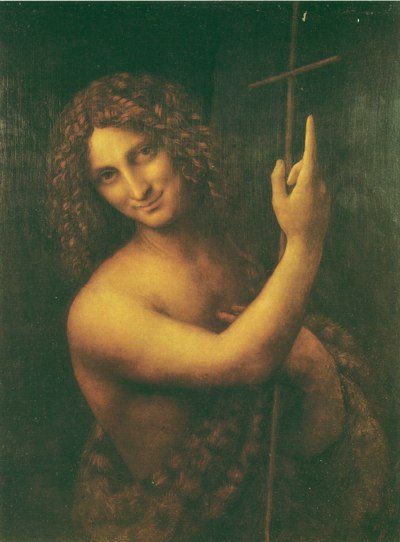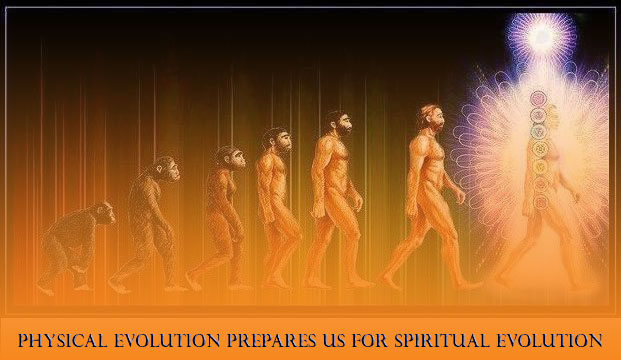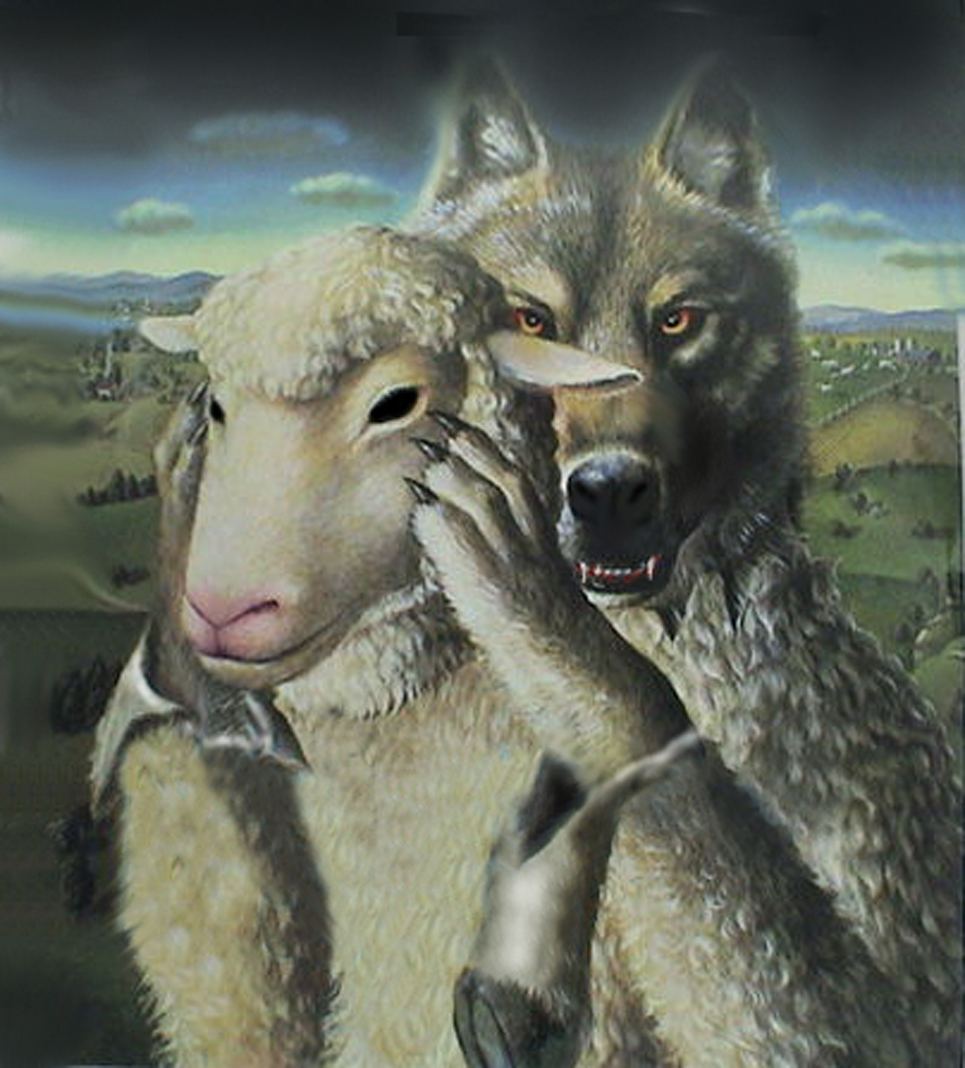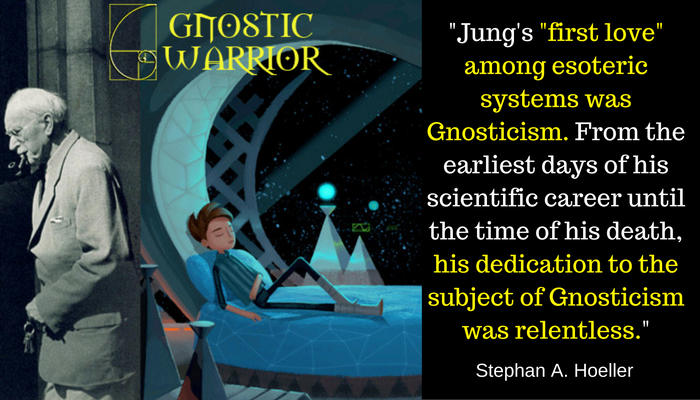By Manly P. Hall – Among many ancient peoples God was considered as being androgynous, and referred to as the Great  Father-Mother. When the Creator was represented by an image, various subtle devices were employed to indicate its hermaphroditic nature. The Iswara of the Hindus is depicted with one side of his body male and the other female.
Father-Mother. When the Creator was represented by an image, various subtle devices were employed to indicate its hermaphroditic nature. The Iswara of the Hindus is depicted with one side of his body male and the other female.
In Greek and Roman statuary frequent examples are found of a masculine divinity wearing female garments and vice versa, or a heavily-bearded god may have his hair arranged in a distinctly feminine coiffure. Again, the structure of the face of such deities as Bacchus and Dionysus often shows a sensitive, feminine countenance disguised by a beard or some article of masculine adornment.
In other cases the feminine counterpart of the deity is considered as a separate individuality. For this reason each of the gods was declared to have had his consort or feminine aspect of his own being. Thus Mithras, the Persian Light-Savior, is considered to be masculine, but a certain portion of himself divided from the rest becomes Mithra, a feminine and maternal potency. As previously noted, in India each god has his shakti, or feminine part.
SOURCE: Manly P. Hall / Lectures on Ancient Philosophy

Moe is the founder of GnosticWarrior.com. He is a father, husband, author, martial arts black belt, and an expert in Gnosticism, the occult, and esotericism.


![How, when Archbishop Theodore died, Bertwald succeeded him as archbishop, and, among many others whom he ordained, he made the learned Tobias bishop of the church of Rochester [690 A. D.] | Book 5 | Chapter 7 How, when Archbishop Theodore died, Bertwald succeeded him as archbishop, and, among many others whom he ordained, he made the learned Tobias bishop of the church of Rochester [690 A. D.] | Book 5 | Chapter 7](https://www.gnosticwarrior.com/wp-content/plugins/contextual-related-posts/default.png)


I am a woman, yet a man and a child came to me in a meditation on Jan 5th of this year. The child disappeared in a flash of lightning and the man floated above me and what seemed to be into me. I kept saying if this is Your Will, Our Creator, then so be it. It wasn’t “scary” I just had no idea what was going on. After extensive research, I have come to think that this was my “male” self integrating or fusing with me. I still, really have no idea, but that is what I think it was. Now, I think an Oannes has been visiting me. Very strange times. Moe, can you write something about the Oannes? I have been heavily researching that as well. Thank you for your posts.